The North Atlantic Treaty Organization (NATO) has concluded its summit in Spain’s capital Madrid. The organization has – after 10 years – approved a new Strategic Concept, stated its intent for enlargement, declared new and deepened conflict lines and announced new steps of militarization.
In summary, The United States and its allies have, via the NATO as a military alliance, have declared their will to pursue global competition by means of war.
NATO’s new Strategic Concept substitutes the former one agreed upon in 2010 in Lisbon, Portugal. The NATO leadership, member countries and experts have started the work on the document at the summit in Brussels in 2021. In Madrid, it has been now politically endorsed. The Strategic Concept is part of the NATO 2030 process, where a general internal and external reform of the alliance is pursued.
The Secretary General Jens Stoltenberg announces the document with the following words: “NATO’s new Strategic Concept is the blueprint for the Alliance in a more dangerous and competitive world.”
Russia: “most significant and direct threat”
NATO targets first and utmost Russia and China as competitors. The document calls Russia “the most significant and direct threat to peace and stability”. Over a huge region reaching from the High North to the Mediterranean, Russia is said to present “threats and hostile actions, in light of which we (NATO) cannot consider the Russian Federation to be our partner.” NATO states to respond “in a united and responsible way. We will significantly strengthen deterrence and defence for all Allies, enhance our resilience against Russian coercion and support our partners to counter malign interference and aggression”.
China: “challenge to interests, values and security”
The second adversary is the People’s Republic of China. A wide range of Chinese activities are considered as “challenge our interests, security and values”: “ambitions and coercive policies”, “increase its global footprint and project power”, “malicious hybrid and cyber operations and its confrontational rhetoric and disinformation”.
The NATO Strategic Concept continues on China as follows:
“The PRC seeks to control key technological and industrial sectors, critical infrastructure, and strategic materials and supply chains. It uses its economic leverage to create strategic dependencies and enhance its influence. It strives to subvert the rules-based international order, including in the space, cyber and maritime domains. The deepening strategic partnership between the People’s Republic of China and the Russian Federation and their mutually reinforcing attempts to undercut the rules-based international order run counter to our values and interests.”
In conclusion, from NATO perspective China follows Russia very closely as adversary. It is the first time that China appears as such in NATO documents, though for instance US or British national security documents already have called China a “systemic competitor” before.
Indo-Pacific countries and other “partners” at the summit
Noteworthy in that context was that Australia, Japan, New Zealand, and the Republic of Korea participated in a NATO Summit for the first time. Though a member of the US-established Quad, India did not attend.
Furthermore, Heads of State and Government of, Finland, Georgia, Sweden, and Ukraine, as well as the President of the European Council and the President of the European Commission were at the summit as well as the Foreign Ministers of Jordan and Mauritania and the Defence Minister of Bosnia and Herzegovina.
Official invitation for Sweden and Finland
Sweden and Finland had applied for the start of NATO membership process before the summit. Türkiye had vetoed that begin, citing these countries support for terror organizations and arms embargoes against Ankara. After the signature of a trilateral memorandum in Madrid, the Turkish delegation has lifted its veto and the summit invited the two countries officially to become members of the alliance.
According Accession Protocols were signed between NATO and the countries, starting the process officially. Sweden and Finland’s membership still needs to be ratified by all NATO members’ parliaments though to become effective, a process that usually takes up to 2 years to be completed.
In a press conference with NATO Secretary General Stoltenberg, Biden concluded saying:
“Well, you know, I was asked about this one — about Finland and — and Sweden — when each of their leaders came to the White House. And I said Putin was looking for the “Finlandization” of Europe. He’s going to get the “NATO-ization” of Europe. And that’s exactly what he didn’t want, but exactly what needs to be done to guarantee security for Europe.”
The summit final communiqué also states that “new measures to step up tailored political and practical support to Bosnia and Herzegovina, Georgia, and the Republic of Moldova” have been agreed upon.
Militarization: 500 thousand soldiers mobilized within up to 6 months
NATO members also agreed on a so-called “New Force Model” to replace the existing Response Force. Under the current force, 40.000 troops can be mobilized within 15 days. When fully implemented, the NATO Force Model will provide well over 300.000 troops at high readiness, says the NATO statement. The model, that’s composition and scale are still being developed, is planned to be completed in 2023.
Within up to 6 months, NATO plans to mobilize half a million troops.
US militarization in Europe
On the summit, US President Biden also announced a package of increased US military presence in Europe. As the White House announced, these include:
- Establishment of a permanent Headquarters in Poland, which will improve U.S.-NATO interoperability across the eastern flank.
- Maintaining an additional rotational Brigade Combat Team in Europe, which the United States will position in Romania, with the ability to deploy subordinate elements for training and exercises across the eastern flank.
- Enhanced rotational deployments in the Baltic region including armored, aviation, air defense, and special operations forces,
- An agreement to work with Spain to increase the number of U.S. destroyers stationed in Rota from four to six.
- Two squadrons of F-35 aircraft to the United Kingdom.
- Stationing of additional air defense and other enablers in Germany and Italy.
Press reactions: from more soldiers to criticism of warmongering
The NATO summit, its decisions and their application will be debated for months if not years to come. The European press already started, with a group of newspaper demanding more military.
The Polish Wprost offers its page to a general Waldemar Skrzypczak, who writes:
“Thanks to Ukraine, Nato now has an opportunity it must seize. The Russian economy and army are weaker now than they will be for a long time. Politically, Russia is already partially isolated. One by one its allies are refusing to support it militarily. The process of weakening Russia must be driven forward so that future generations of Europeans will never again have to live in the shadow of an impending war. … This could be the result of the Madrid Summit.”
Cold War is back
The Swiss Aargauer Zeitung says “Brain dead was yesterday, NATO is well alive”, and comments that the Cold War is back:
“The new reality is really just the old reality of the Cold War we thought had been left behind since the 1990s. Once again it is Russia and its despotic leadership that is threatening the open societies of the West with its imperial power policy. The world’s most powerful defence alliance is reacting to this and defining Moscow once more again as the number one enemy, which is only logical. If the war in Ukraine can teach us anything, it is this: Nato is by no means ‘superfluous’, as former US President Donald Trump claimed.”
Who will pay for this cold war?
The Portuguese Journal de Noticias says this new Cold War will be costly:
“Among the decisions taken at the Madrid summit is a commitment to increase the number of troops ready for action from 40,000 to 300,000 – with all that entails in terms of training and equipment and costs to the taxpayer. A change that will also affect Portugal. To boost our contingent sevenfold at Nato’s orders (which would require 12,000 well-armed soldiers, fifty aircraft, seven warships and more than 2,000 tactical vehicles, which the country does’t have) means an even bigger bill in the coming years. … The cold war will be costly.”
Madrid provided no answer to the questions “will we freeze and be hungry next winter?”
Here, the Croatian Novi List calls to “Do everything to reduce hunger and suffering” and comments:
“No one can predict what the world will look like by the end of the year. Will we be hungry and unemployed this winter? Will we freeze? Will the war in Ukraine escalate? The summit in Madrid will not answer any of these questions. But the decisions taken there will certainly influence the outcome of the greatest geopolitical destabilisation since World War II. It is to be hoped that all those involved – especially in Moscow, but elsewhere too – will have the prudence and wisdom to bring these events to an end as soon and as amicably as possible.”
“NATO has failed to provide security for Europe, which now falls more into the arms of the US”
The Spanish el Diario meanwhile observes pure warmongering at the summit and writes:
“The culture of warmongering, inspired by the belief that the use of force is the only way to secure peace, permeates Nato’s every move. This makes it a collective threat that seeks to intimidate its hypothetical opponents through military hegemony, bleeds its members’ economies dry and generates chaos, destruction, fear and resentment everywhere it goes. Nato has failed to provide security for Europe, and its current strategy in the war in Ukraine will leave a destroyed, wounded continent that sees no better way out than to fall into the arms of the US.”





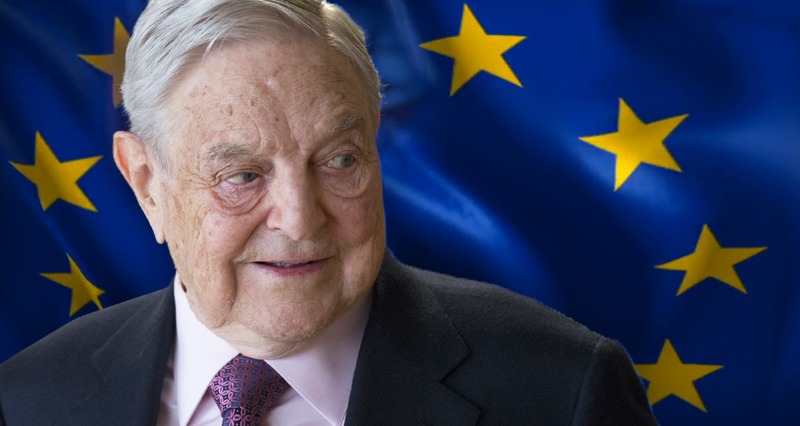

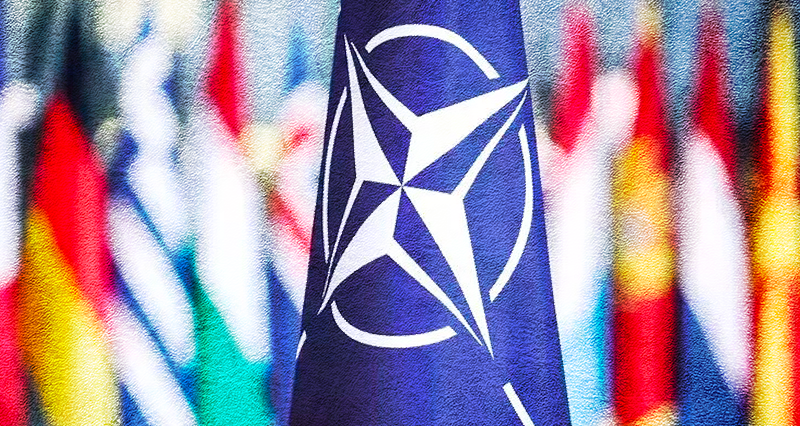
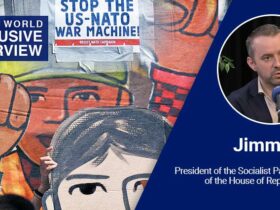
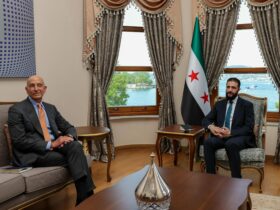
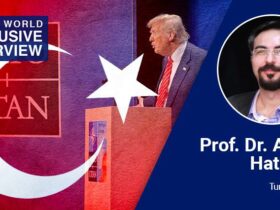
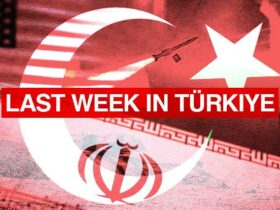
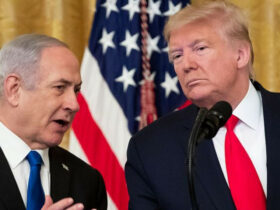
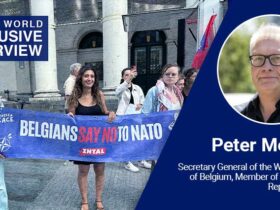
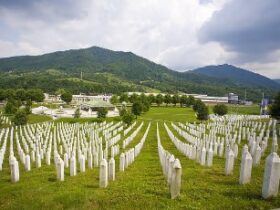
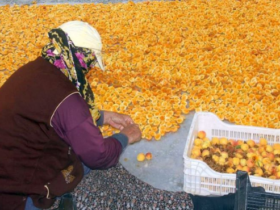

Leave a Reply